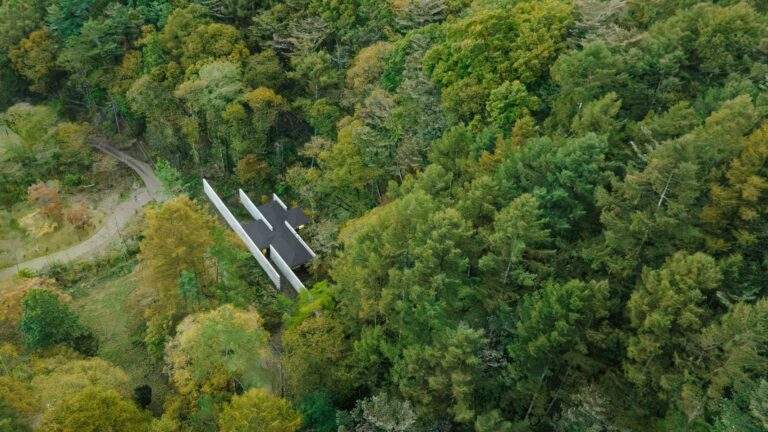Sustainable Skyscrapers: Building Tall Without Compromising the Planet
In today’s era of climate change and environmental challenges, the construction of sustainable skyscrapers has become a focal point in modern architecture. These towering structures, once notorious for their significant environmental impact, are now being reimagined to reduce energy consumption, minimize carbon footprints, and embrace renewable resources. Through innovative technologies and eco-friendly designs, sustainable skyscrapers are proving that it is possible to build tall without compromising the planet.
Green Building Materials
One of the primary components of sustainable skyscrapers is the use of green building materials. Traditional materials like concrete and steel are known for their high carbon emissions during production. In contrast, sustainable skyscrapers are now incorporating materials like recycled steel, sustainable timber, and even carbon-neutral concrete alternatives. These materials not only reduce the environmental impact of construction but also improve the building’s overall energy efficiency.
In addition, many skyscrapers are using materials with high insulation properties, reducing the need for energy-intensive heating and cooling systems. Materials like triple-glazed windows, recycled insulation materials, and green roofs are becoming common features in these structures, helping to regulate indoor temperatures naturally.
Energy Efficiency
Energy efficiency is another critical aspect of sustainable skyscrapers. Modern skyscrapers are designed with advanced energy systems that significantly reduce their reliance on non-renewable energy sources. Solar panels, wind turbines, and geothermal systems are being integrated into the design of these buildings, allowing them to generate a portion of their energy needs on-site.
Furthermore, the incorporation of energy-efficient HVAC systems and smart lighting systems helps to minimize electricity consumption. LED lighting, for instance, can be programmed to adjust according to natural light levels, further reducing the building’s energy usage. In some cases, sustainable skyscrapers are even producing excess energy, turning them into net-zero or energy-positive structures.
Water Conservation
Water conservation is another challenge that sustainable skyscrapers are addressing. Many buildings now incorporate systems that capture and recycle rainwater, which can be used for landscaping, cooling towers, or even for flushing toilets. Greywater recycling systems are also gaining popularity, helping reduce freshwater consumption.
Additionally, many skyscrapers are now designed with green walls and vertical gardens, which not only add aesthetic appeal but also help manage stormwater runoff, reduce heat island effects, and improve air quality.
Smart Technology Integration
Sustainable skyscrapers are increasingly integrating smart technologies to monitor and optimize building performance. Sensors and automated systems allow for real-time adjustments to lighting, heating, and cooling, based on occupancy and outdoor conditions. These technologies improve energy efficiency and create a more comfortable indoor environment for occupants.
Smart technologies also play a role in optimizing water usage, tracking carbon emissions, and ensuring that the building operates in a manner consistent with sustainability goals. By combining technology with eco-friendly design, skyscrapers are becoming more intelligent and resource-efficient.
Conclusion
Sustainable skyscrapers represent the future of urban architecture. By utilizing green materials, embracing energy-efficient systems, conserving water, and integrating smart technologies, these buildings demonstrate that height and sustainability can go hand in hand. As cities continue to grow and the demand for vertical construction increases, sustainable skyscrapers will play a crucial role in reducing the environmental impact of urban development, setting new standards for eco-friendly building practices.
Finally, find out more on ArchUp:







